Music credit: https://www.youtube.com/watch?v=_Cw_YAHwcf8
Semantic satiation (also semantic saturation) is a psychological phenomenon in which repetition causes a word or phrase to temporarily lose meaning for the listener, who then perceives the speech as repeated meaningless sounds.
In this video I am in my room, writing in my journal, and as I continue to write words, they start to lose their meaning. The music playing in the background is a song called ‘good day’, played at a slower speed, creating a slow rhythm and eventually, a sense of distortion to the perception of time. There’s a sense of dissociative blurriness as the VHS filter glitches every so often, with its red, blue, white, black.
A room is a safe space. The music conceals yet shows the confusion that I have collected over my year in university. The writings are what I want to be, but cannot achieve, because OK has lost all of its meaning.
I have never dabbled into the world of art, not in the way most people have. I went into art with a lack of deeper meaning, and have never known art in its contemporary form. As I stare longer at meanings that people try to bring forward, the repetitiveness to causes gets lost within me. In a sense, this video selfie would be the workings of my mind as I process how people view art. I realise that I am not that individual, but I am also the individual. I realise that what I show — a person who can speak, who can smile and write coherently – is not like that within the self, and thus creates that alternate identity. I lost myself in coming to the realisation that art was not what I thought it was. I concealed myself with the idea of coherency in my own words of reassurance, but when you look long enough, the depth of it is gone.
As deep as I may sound, I wish to create art for my, somewhat shallow, individual. To present what I see of the world, from what I perceive which has lost its initial meaning. To reconstruct things in what my mind was able to pick up, and to better understand other individuals, I evaluate them with what my overactive, overthinking mind can comprehend.
tl;dr, I’m dumb, and I wish to understand people better but it’s hard because people all talk like ^ until I also cannot understand. Help.
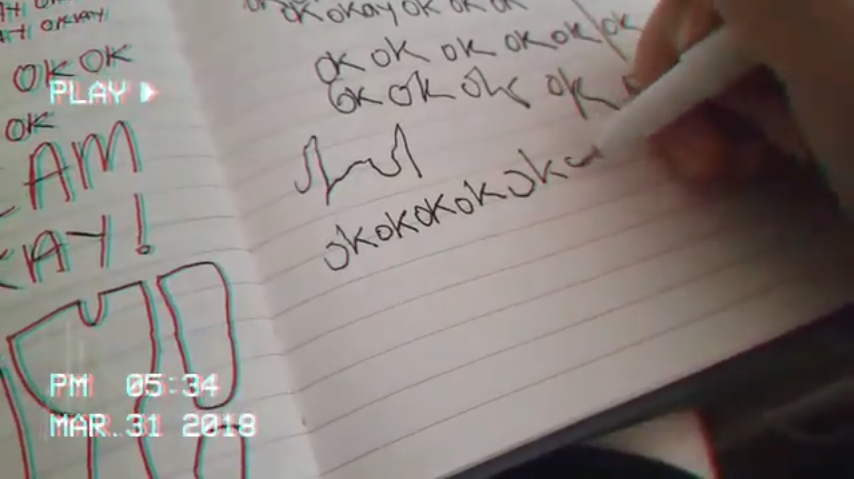
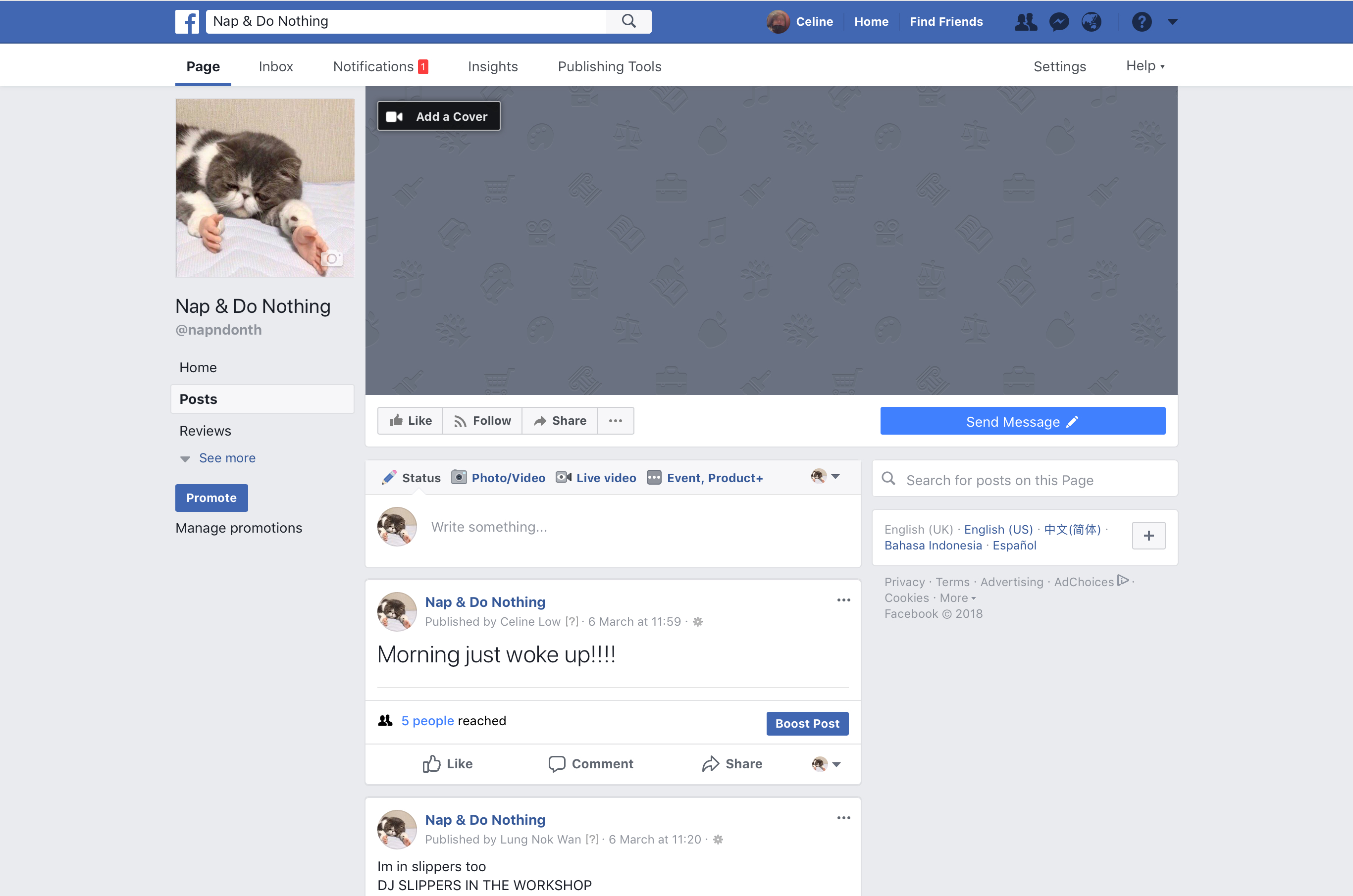
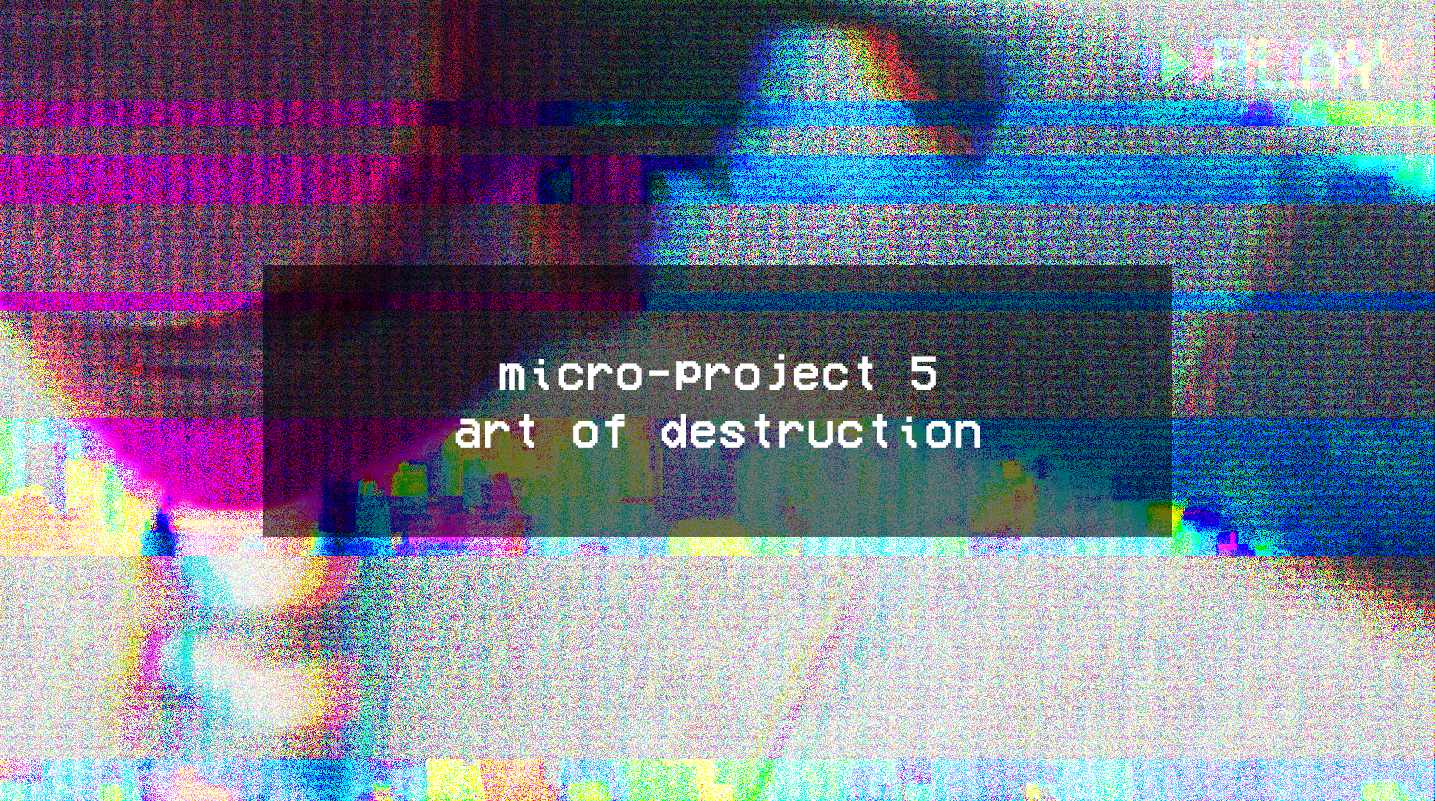

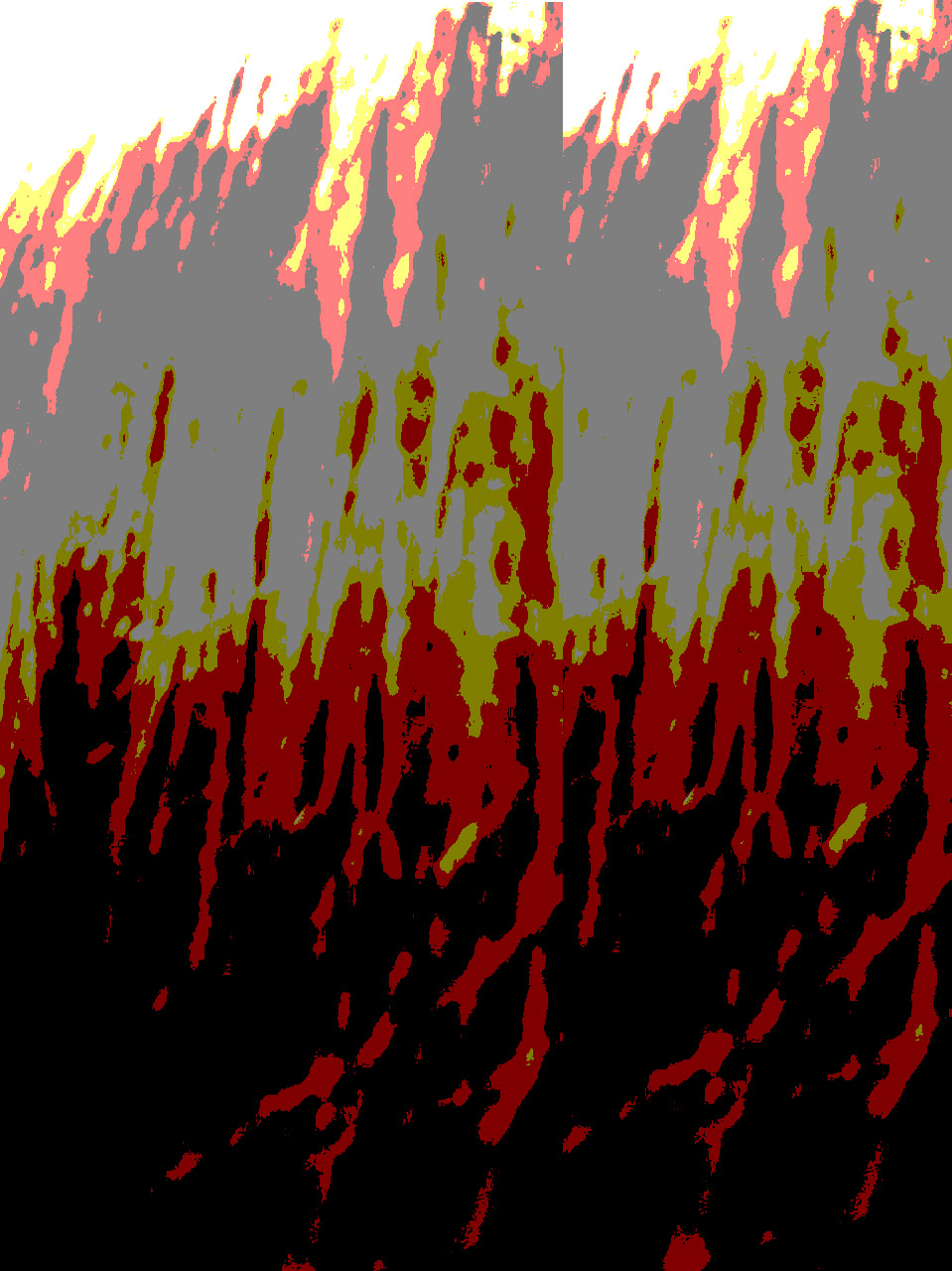
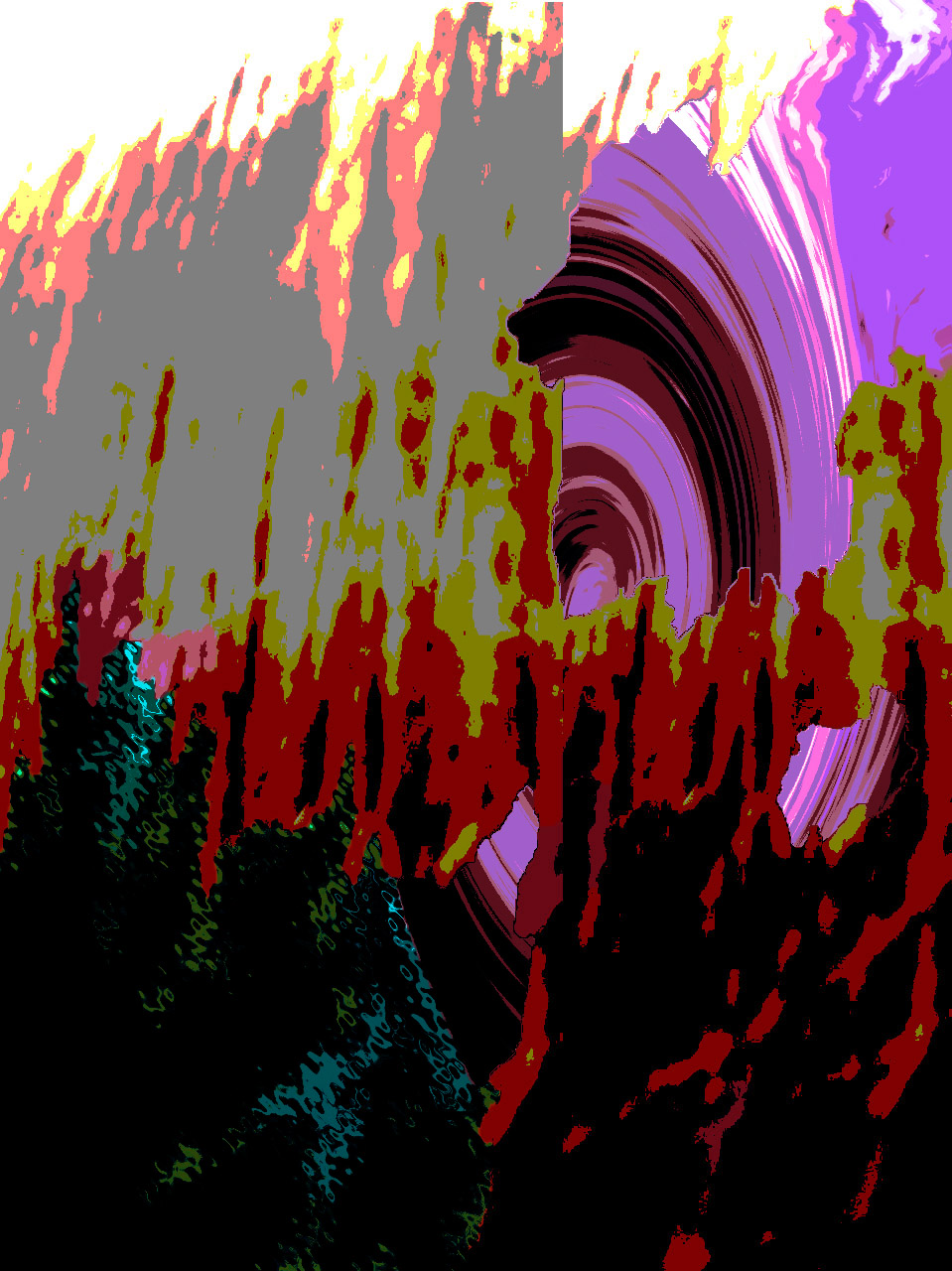
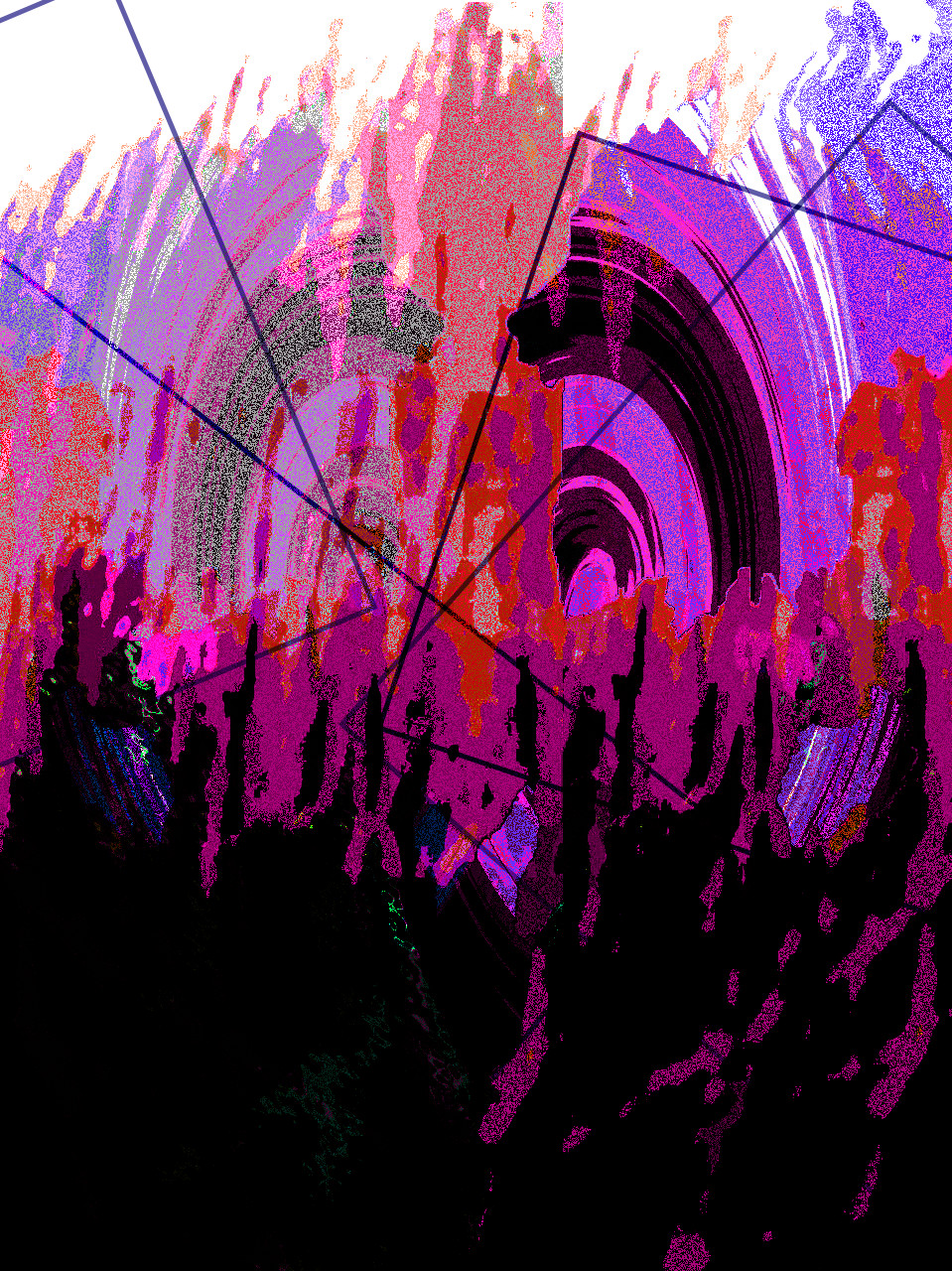
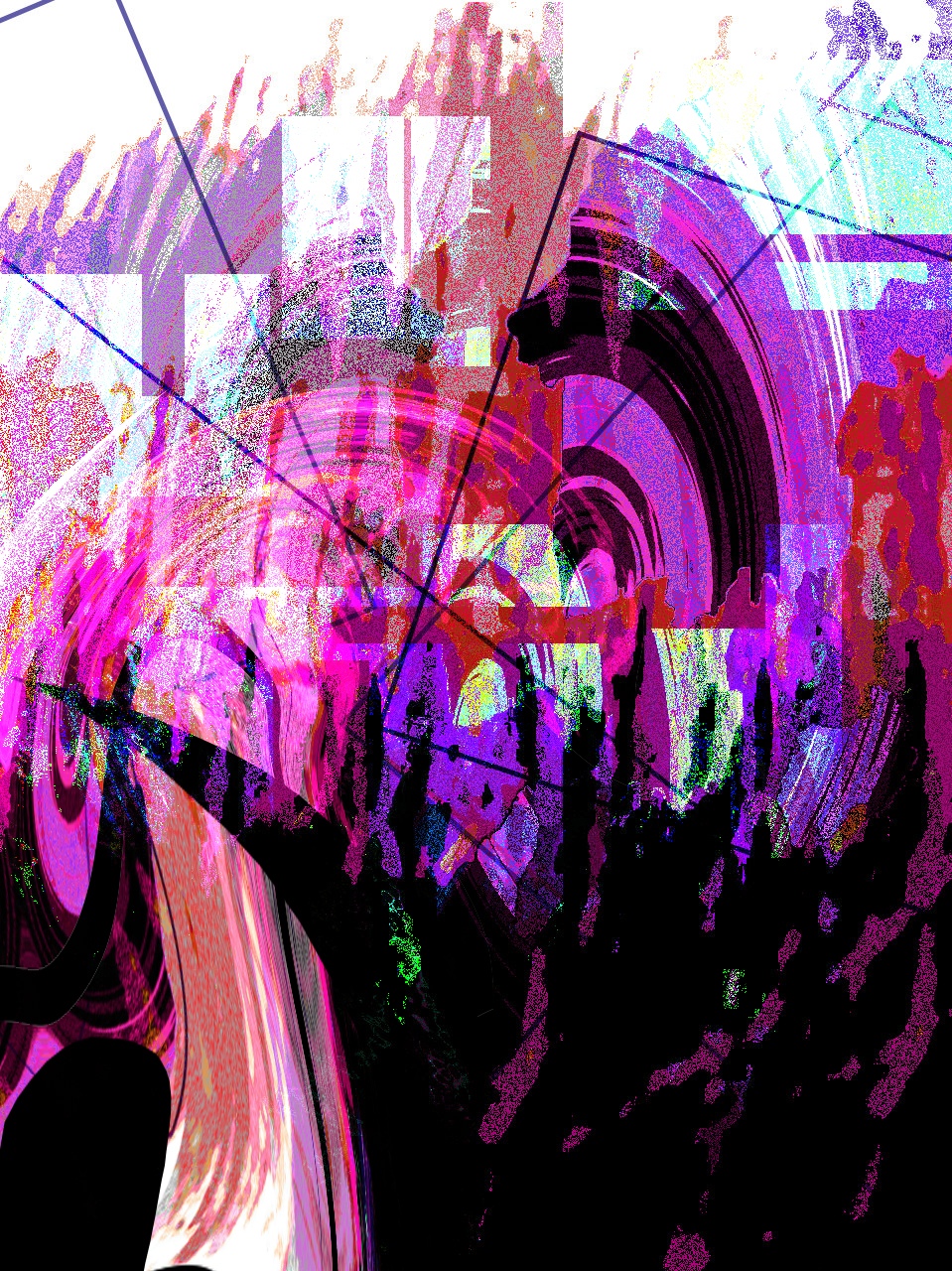
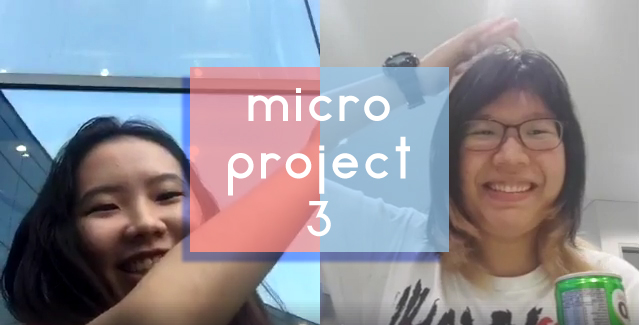
Recent Comments